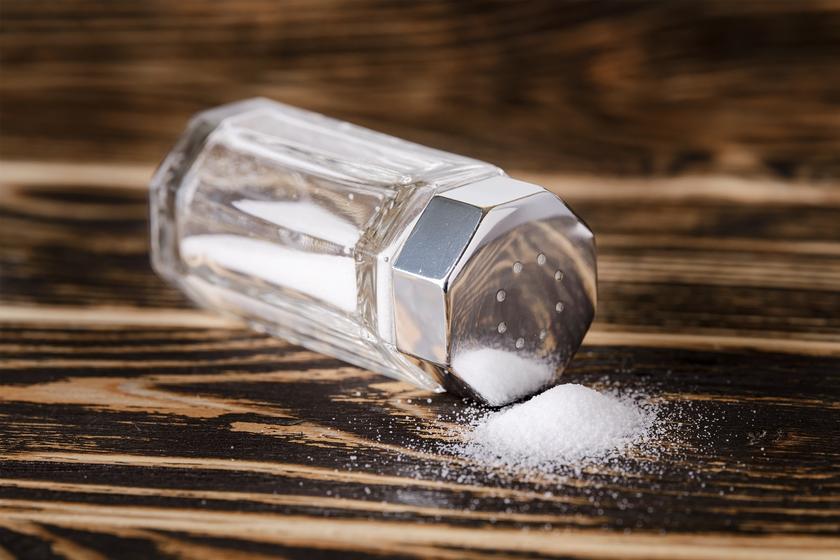Sodium: Is it Really A Villain?

Reduction of dietary sodium is the conventional wisdom offered to solve a number of health problems including high blood pressure. This wisdom is grossly oversimplified and is often a problematic approach to any number of health concerns.
Of the 118 building blocks of life identified in the periodic table, 25 are essential to life, and 95% of the body is made up of carbon (C), oxygen (O), hydrogen (H) and nitrogen (N). The next seven most essential elements for life on the periodic table are calcium, phosphorus, potassium, sulfur, sodium, chlorine, and magnesium. Sodium is in the top 11 essential elements needed for life.
Three Key Salt Facts
First, your body requires sodium to function. According to James DiNicolantonio, PharmD, author of The Salt Fix, inadequate consumption may actually increase your risk of heart problems!
Second, sodium MUST be understood in the context of its balance to potassium, as well as other key elements in the body. This balance is FAR more important to maintain than lowering salt intake alone. Failing to address increasing dietary sources of potassium while decreasing sodium results in an imbalance that’s harmful to health. In addition, the body strives to maintain an optimal level of sodium regardless of your intake. Magnesium and calcium levels are used to control sodium levels. If sodium levels drop too low, sodium will be pulled from your bones, along with magnesium and calcium. This is one reason why low salt diets are likely to be implicated in osteoporosis.
Third, not all dietary salts are the same. Salt has two essential elements – sodium and chloride. The vast supply of salt in the American diet is found in processed foods. Processed salt is about 39% sodium, 58% chloride, and the remainder is chemical additives such as moisture absorbents, anticaking gents, and often iodine. Unprocessed, natural salt, such as Himalayan or sea salt, contains slightly lower amounts of sodium and chloride and valuable remaining trace minerals such as silicon, phosphorus, and vanadium. Natural salt is also higher in potassium than processed salt. White iodized table salt has 151 mg/kg of potassium, while pink Himalayan salt contains 2,085 mg/kg. So, switching the kind of salt you use can improve your sodium to potassium ratios and improve health. Natural varieties include pink Himalayan (beware of knock-off’s!) and salt from ancient salt beds. Both sources are free from the pollutants and plastics now found in our oceans.
Finally, it is essential and smart to increase dietary sources of potassium to keep sodium balance in check. Needless to say, processed foods are a poor dietary choice from every direction. Your body needs five times more potassium than sodium, but most people get the exact opposite ratio, i.e. five times more salt than potassium. The most potassium dense food sources are found in the foods humans are best wired to eat – fruits and vegetables. Potassium is also found in small amounts in meats, dairy, nuts, and grains. The most potassium rich food sources include fruits such as avocadoes, tomatoes, oranges, bananas, cantaloupe, honeydew, apricots, and grapefruit. Potassium rich vegetable sources include cooked spinach and broccoli, red boiled potato, sweet potato, mushrooms, peas, cucumbers, zucchini, pumpkin, and leafy greens. The best strategy is to eat 3 to 5 servings of a wide variety of fruits and vegetables every day, along with other whole, unprocessed, natural foods. Moreover, according to DiNicolantonio, most people should salt their food “to taste”, taking it as a sign that the body needs as much as the body’s craving.
Be well!
Resources:
New England Journal of Medicine, August 14, 2014; 371:612-623
American Heart Association, Primer on Potassium
Science Direct, Table Salt, Different salts in snacks
The Salt Fix by James DiNicolantonio, PharmD
The Ultimate Age-Defying Plan by Mark Reinfeld and Ashley Boudet, ND. 2019
Foods. 2020 Oct; 9(10):1490., Table 2
BitChute, Mercola October 26, 2021, 00:19
Mo Med. 2018 May-Jun; 115 (3): 247-252
Harvard T.H. Chan School of Public Health, Potassium


















